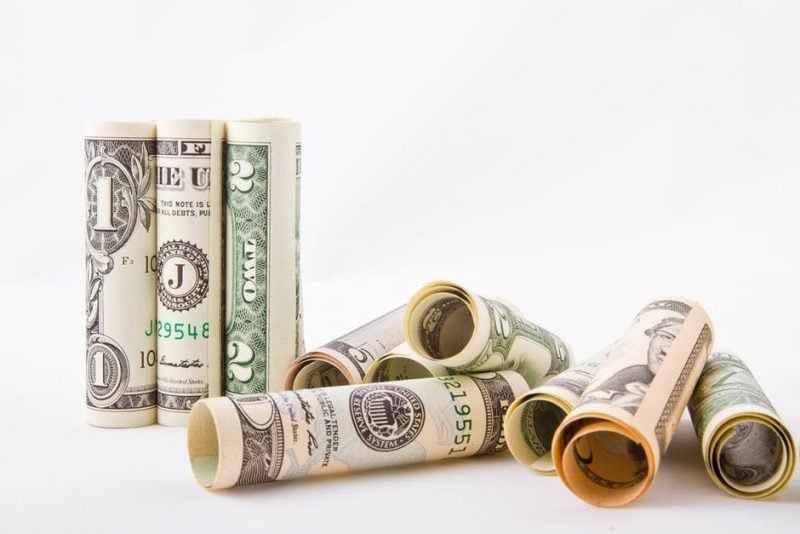Building A Truly Diversified Portfolio.
There is perhaps no more universal guideline for investment than to diversify. Investors who put all their money into a single stock are running a very high risk of losing it all or, at least, of having to cash it in at somewhere below an optimum level. The more ways you spread your money around, the better your chances of solid overall growth.
Yet even with this knowledge, many investors still don’t diversify as much as they could. We all know that infamous crashes have affected the entire stock market, so it’s not enough to diversify within what Wall Street offers. We need to go completely outside that realm into things that other investors don’t think about.
The best place to start is with things you know yourself. If you’re a history buff, you will know what types of historical items will hold their value. That makes the investment doubly rewarding, too; not only do you have a way to build your financial security, you also get to partake of one of your favorite pastimes.
So as you think about ways to meet these two goals, look at things in these key areas.
What Is The Item’s Relevance?
There are certain items that will always be both interesting and valuable. Items like presidential autographs easily fall into this category, because every president is historically important no matter his particular achievements. Original specimens of other historic documents can be good choices as well.
This is where an understanding of history is essential. We all know the Emancipation Proclamation was immensely important in history, so its value is immense. But what about letters or documents leading up to its creation? If you know which key figures communicated with President Lincoln during that process, you are a step ahead on value.
What Is Its Future Potential?
A good eye in this area can be the real investment builder. Consider the recent publication of letters written by Barack Obama during the early 1980’s. At the time, they were little different from anyone else’s missives, and even once he became a U.S. Senator they were somewhat unremarkable. Of course, that all changed in 2008 when he was elected president. Anticipating what items will gain value from their creators’ increasing prominence can be a very effective way to improve the return on your historical document investment dollars.
And this ability isn’t just valuable in historic documents. Stocks and real estate are largely speculative as well, and as their investors may just have the feel for what will work, you may have a gift for purchasing the right historical items.
Can You Take Care Of It?
Now we’re looking more at the nuts and bolts. An investment is far less valuable if you have to add to your initial outlay by spending a large amount of money to protect it.
Imagine the impossible: What if you did have a handwritten copy of the Declaration of Independence? Could you really take care of it? Probably not.
Consequently, your goal should be to purchase items that require little more than the investment in the item itself. Compact items like modern historic documents are much easier and less expensive to store than larger items like vehicles or antiques.
Investment is all about finding a way to purchase something at an affordable price now and hold it until its value appreciates. When you have expertise in the area in which you plan to invest, you have a much better idea of whether that initial price is realistic and whether the item has the potential to grow in value at a satisfactory pace. When history is your hobby, your investment portfolio can grow from that and give you a doubly satisfying pastime.




